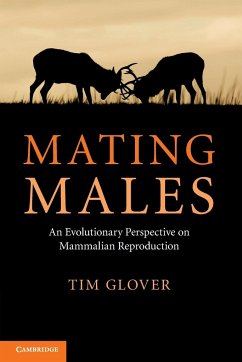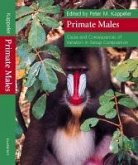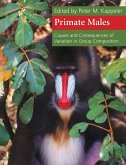Examining mating from the male perspective, this book provides an overview of mammalian reproduction to illustrate the important role that male desire plays in the life of mammals. Written in a conversational style that will appeal to those without specialist knowledge of the field, it begins with a broad overview of sexual reproduction in mammals, explaining the importance of mixing genes, sexual selection and the concept of mating seasons. Subsequent chapters examine some of the most important aspects in detail including mating behaviour, the structure and function of the male organs of reproduction and their physiological control and modes of copulation. A final chapter considers human reproduction, explaining how our physical and social evolution have contributed to the development of sexual behaviour that is markedly different to that of other mammals, due in particular to the absence of oestrus and seasonality in the human female.
Hinweis: Dieser Artikel kann nur an eine deutsche Lieferadresse ausgeliefert werden.
Hinweis: Dieser Artikel kann nur an eine deutsche Lieferadresse ausgeliefert werden.
'In this book Professor Glover draws on his detailed comparative studies of reproduction to provide insight into the evolution of the male reproductive tract as well as male mating behaviour. He uses his quirky sense of humour to challenge our thoughts on various aspects of the subject, and stimulates us to reconsider some well-entrenched 'facts'. For students, his writing emphasises the importance of challenging dogma, and exposes the excitement of scientific endeavour. Inevitably, some of the questions he raises remain open-ended, providing the challenge for future investigators to examine them further. His easy style makes the book a pleasure to read, it is a 'page-turner' that gathers one up in the excitement of discovery and the development of ideas about an important subject.' Michael Bryden, University of Sydney








